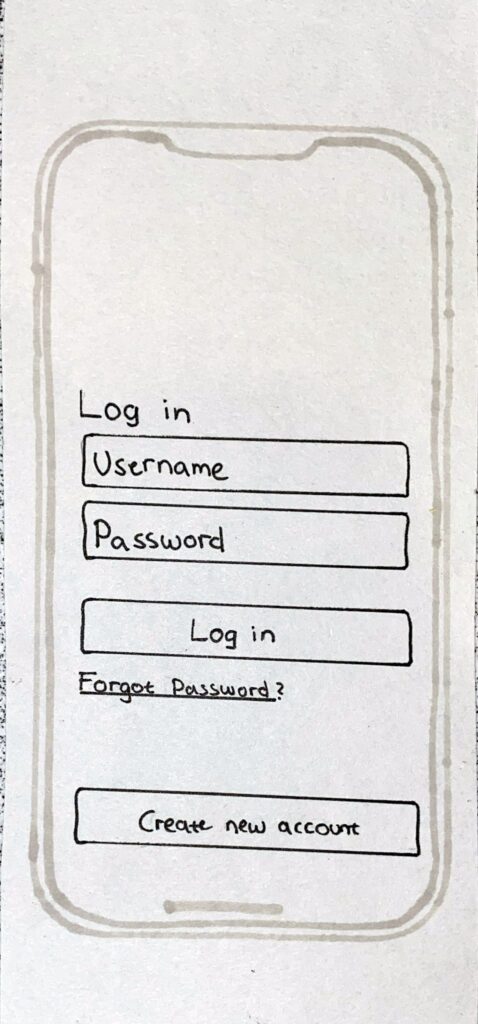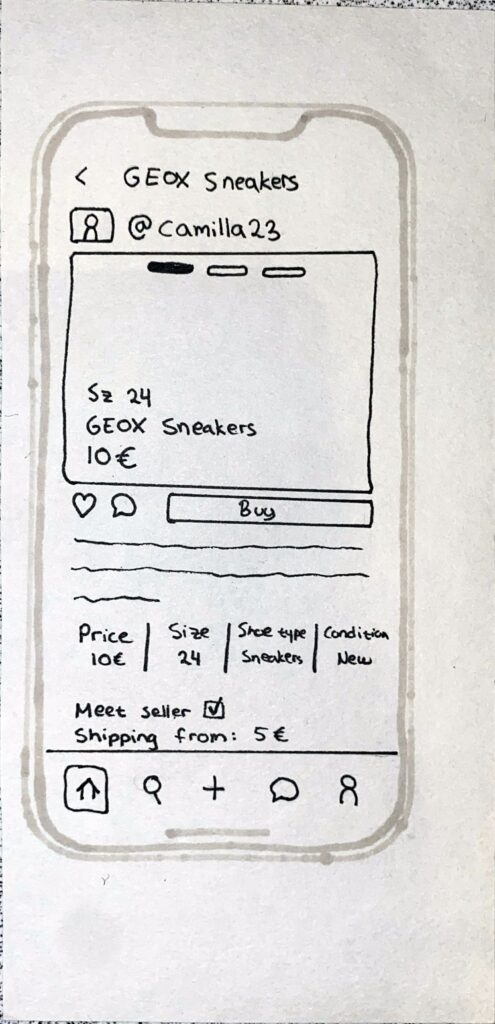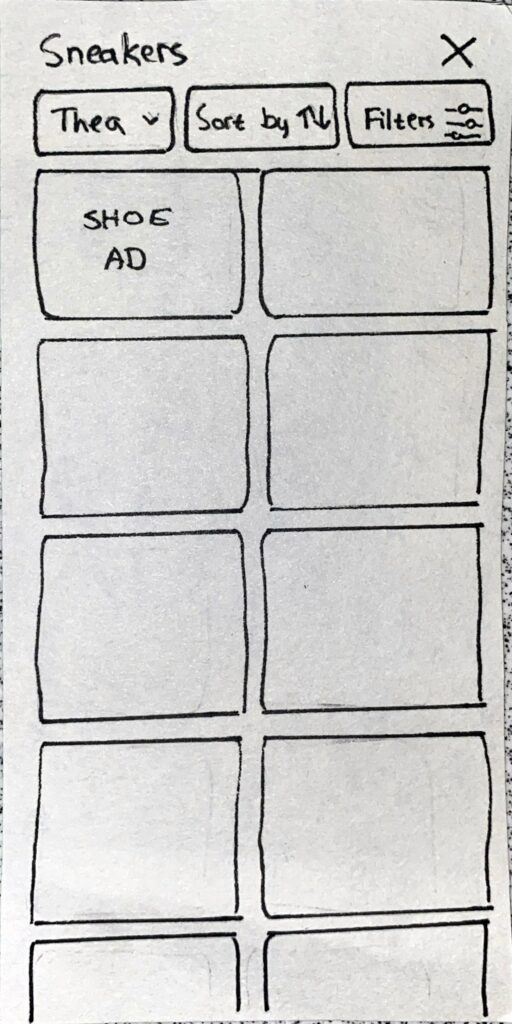My previous blog entries have been concerned with discussing digital fashion with one of the main concerns being the absence of materiality. I described how materiality is a central component in the fashion design process and that materiality also helps us connect to clothes through the sensory experience. In connection to this, I want to discuss a related issue which has plagued the fashion industry in recent decades: the decline of fabric and garment production quality. This exploration aims to investigate if materiality is generally on the decline as a determining factor in fashion design today, or if the increasing loss of quality is a phenomenon limited to the fast fashion side of the industry.
In recent years, the fashion industry has undergone a significant transformation, with the rise of fast fashion dramatically altering the landscape of clothing production and consumption. This shift has not only changed how we shop but has also had a profound impact on the quality of fabrics used in our garments. The decline in fabric quality, largely attributed to the fast fashion model, has far-reaching consequences for both consumers and the environment.
Fast fashion refers to the rapid production of inexpensive, trendy clothing designed to be worn only a few times before being discarded. This model prioritises speed and cost over quality, resulting in garments that are often made from lower-grade materials and with less attention to craftsmanship1.
The fast fashion industry has experienced significant growth, with revenue showing an upward trend since 2021 after a brief decline during the COVID-19 pandemic2. This resurgence, however, comes at a cost to fabric quality and environmental sustainability.
One of the most notable changes in fabric quality is the increased use of synthetic fibres. Fast fashion brands often rely heavily on materials like polyester, acrylic, and nylon, which are derived from fossil fuels. These synthetic fabrics are chosen for their low cost and ease of production, but they come with significant environmental drawbacks, such as non-biodegradability. Synthetic fibres can take hundreds of years to decompose, contributing to long-term pollution.
When washed, synthetic clothing releases microfibres that escape filtration systems and end up in waterways, harming aquatic ecosystems. Apart from these environmental concerns, synthetic fibres also feel different on the body than natural fibres, with their characteristics often being described as less comfortable and of lower quality.
The emphasis on rapid production and low costs for fabrics has also led to a decline in the overall quality of garment construction. Fast fashion items often feature inferior stitching techniques, making them more prone to tears and loose threads3. The rush to meet high consumer demand results in less thorough quality control, leading to more defects in finished products3. This decline in craftsmanship not only affects the longevity of clothing but also contributes to the devaluation of traditional textile skills and artisanal practices4.
The deterioration in fabric quality has had a ripple effect on the second-hand clothing market. Traditionally, second-hand stores have played a crucial role in extending the lifecycle of garments. However, the influx of poorly made fast fashion items is undermining this sector:
Many fast fashion garments are of such poor quality that they cannot be resold after just a few uses3. Clothes made from low-quality materials often fall apart after minimal wear, making them unsuitable for resale3. This trend is particularly concerning as it hampers efforts to create a more circular and sustainable fashion economy.
The decline in fabric quality, driven by fast fashion, has severe environmental implications:
The short lifespan of fast fashion items leads to millions of tons of textile waste in landfills annually4. The constant production of new, low-quality garments also requires continuous extraction of raw materials and energy resources. Moreover, the fast fashion model often relies on exploitative labor practices in developing countries, where workers face harsh conditions and minimal pay to meet the demands of rapid production3.
Research supports the observed decline in fabric quality. A study published in the Journal of Cleaner Production found that the average lifespan of clothing items has decreased significantly over the past two decades, correlating with the rise of fast fashion1. The study also noted a marked increase in the use of synthetic fibres, which now dominate the textile market due to their low cost and ease of production. Another scientific investigation, published in Environmental Science & Technology, revealed that synthetic microfibres from clothing are a major source of microplastic pollution in aquatic environments5. This research underscores the environmental impact of low-quality, synthetic fabrics commonly used in fast fashion.
While the current state of fabric quality in the fast fashion industry is concerning, there are signs of positive change: Consumers are becoming increasingly conscious of the environmental and social impacts of their clothing choices6. Some brands are exploring more eco-friendly materials and production methods, including organic and recycled cotton. There’s a growing movement towards investing in higher-quality, longer-lasting garments as an alternative to fast fashion.
The decline in fabric quality, largely driven by the fast fashion industry, has significant implications for consumers, the environment, and the future of the fashion industry. Developments analysed in this post suggest that materiality has been on the decline as a deciding factor for consumer behaviour in recent decades, at least in the fast fashion market. But the decline in quality has reached all segments of the fashion industry and is therefore a more general concern in fashion. However, more recent developments towards awareness of the advantages of natural and higher quality materials in consumers might indicate a change in the tides.
1 Yu, Gomez-Borquez, and Zaichkowsky, “Mitigating Trendy Cheap Fast Fashion’s Negative Impact.”
2 Dai, “The Fast Fashion Industry in the Post-Pandemic.”
3 “Fast Fashion Causes Decline in Quality Second-Hand Clothes.”
4 Jovells, “Why Is Fast Fashion Bad? Beyond the Price Tag.”
5 Ruiz, “47 Official Sustainable Fashion Statistics 2025.”
6 Güven and Yakın, “Fashion Consumption Behaviors of Sustainability Consumers: Fast Fashion or Slow Fashion?”
Sources:
Dai, Yukun. “The Fast Fashion Industry in the Post-pandemic.” BCP Business & Management 38 (March 2, 2023): 598–603. https://doi.org/10.54691/bcpbm.v38i.3745.
Güven, Hüseyin, and Volkan Yakın. “Fashion Consumption Behaviors of Sustainability Consumers: Fast Fashion or Slow Fashion?” Journal of Human Sciences 20, no. 4 (October 21, 2023): 596–610. https://doi.org/10.14687/jhs.v20i4.6424.
Jovells, Salva. “Why Is Fast Fashion Bad? Beyond the Price Tag.” Sumissura (blog), February 6, 2025. https://www.sumissura.com/en/blog/why-is-fast-fashion-bad.
Ruiz, Arabella. “47 Official Sustainable Fashion Statistics 2025.” TheRoundup, March 18, 2024. https://theroundup.org/sustainable-fashion-statistics/.
Winssolutions. “Fast Fashion Causes Decline in Quality Second-hand Clothes,” December 20, 2024. Accessed February 28, 2025. https://www.winssolutions.org/fast-fashion-triggers-troubling-decline-in-quality-of-second-hand-clothing/.
Yu, Yunzhijun, Claudia L. Gomez-Borquez, and Judith Lynne Zaichkowsky. “Mitigating Trendy Cheap Fast Fashion’s Negative Impact.” Journal of Sustainable Marketing, September 28, 2023, 1–21. https://doi.org/10.51300/jsm-2023-108.



























